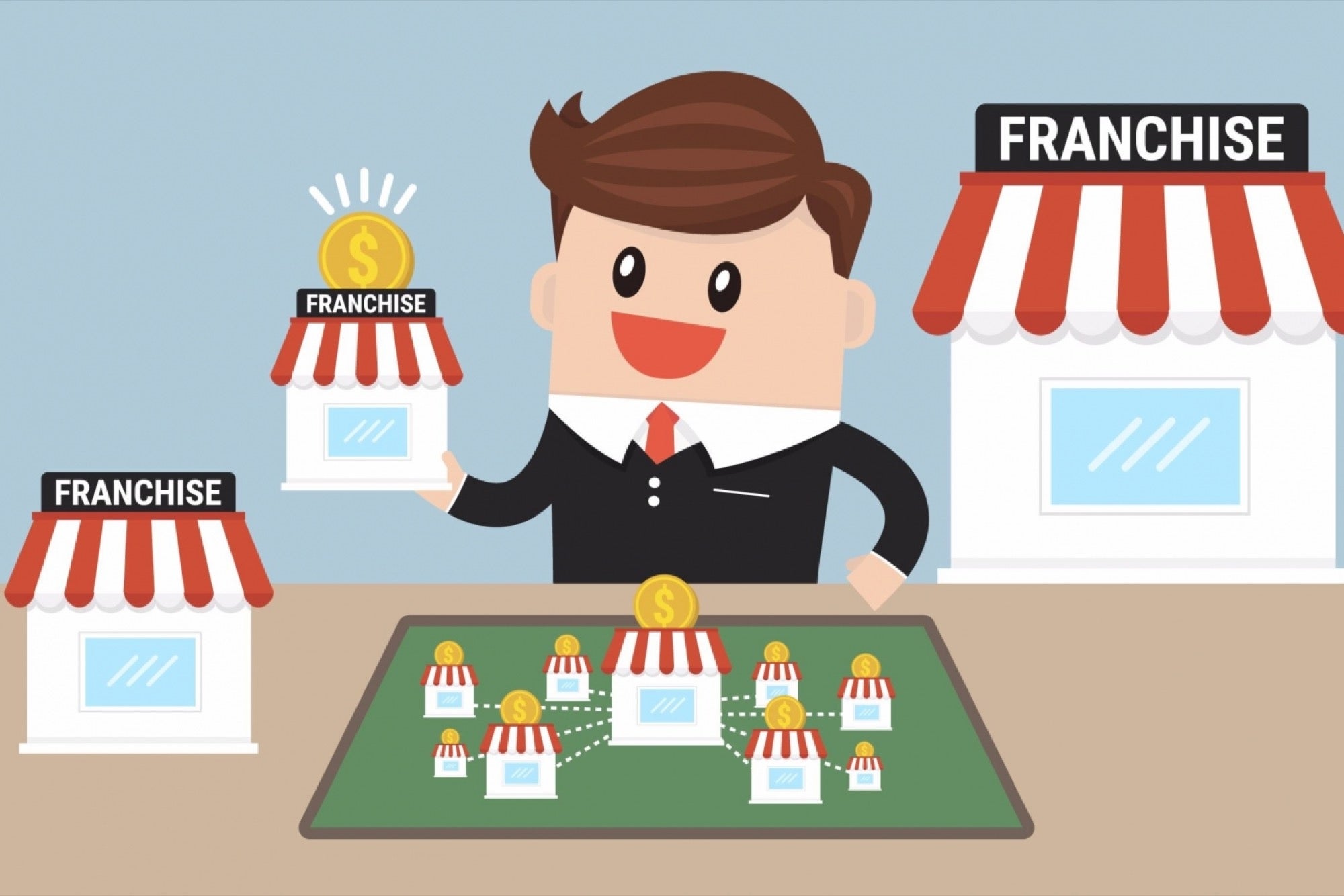DIVINITI Explains How to Grow Your Franchise Roots the Right Way If a brand does not bring anything relevant for the audience on the platform, how would it create customer base!
This story originally appeared on Franchise India
You're reading Entrepreneur India, an international franchise of Entrepreneur Media.

Businesses are unfolding everywhere and are spreading like wildfire across the country but when some franchisees take that successful plunge, some fail to make that right move.
In conversation with Franchise India, Dr. Tapas K. Mallick, Group CEO, DIVINITI explains the three growth factors, a franchisor should keep in mind if he/she wants to grow his/her brand the right way:
Grow Your brand Stronger
The first step always should be growing your brand stronger, so that people would know what you stand for and how is it relevant to their business or if their location is suitable for a franchisee.
If a brand does not bring anything relevant for the audience on the platform, how would it create customer base?
Mallick says, "To grow your franchisee, you need to grow your brand stronger… your brand has to be visible, and then only people will take your franchise."
Make Your Product Customer Friendly
When franchisors plan to go beyond their territory for expansion, they often overlook this important factor to keep in mind, which is to make their product customer friendly. Complicated things would surely attract certain types of customers, while others would prefer to skip complications and would prefer your competitor over you, so one should carefully develop the product keeping customers in mind.
Mallick says, "I would think that if you are talking about your brand, the second thing that comes to mind is the product that you develop."
Like McDonald's, which is known for its hamburger in the US, changed its product as per Indian customers' taste in Indian territory.
Make Your Product Visible
The world is changing every day and to match steps with the growing demands of the customer, a brand has to evolve, keeping the core constant. If you stay stagnant in one place and deliver the same product which has extinct ages ago, people are going to overlook you, which might cost your brand and affect its image.
Mallick says, "Your product should be exclusive, your brand should be visible, and the product should also be relevant in today's world. Franchisors will have to come up with new products irrespective of the field."
This will also add different energy to the team, to work towards new developments and to go ahead of your competitors.
This article was originally published in Franchise India by NIbedita Mohanta.










